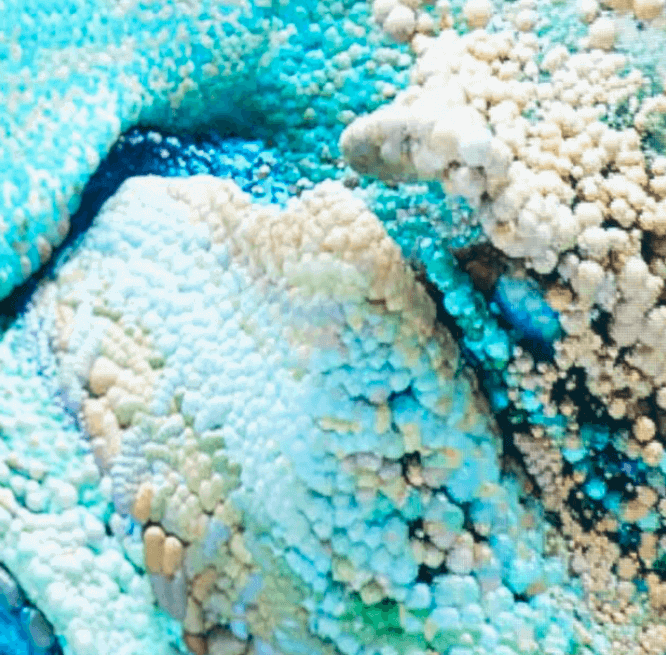
Refik Anadol's Echoes of the Earth: A Groundbreaking AI Art Experience at Serpentine North
|
|
Time to read 1 min

Discover new arrivals in modern lighting, home decor, and Scandinavian design—updated weekly...
|
|
Time to read 1 min
In an era where technology constantly reshapes our worldview, Refik Anadol's groundbreaking exhibition, Echoes of the Earth: Living Archive, presents a mesmerizing synthesis of art, science, and technology, offering a profound contemplation on our relationship with the natural world. Hosted at Serpentine North from February 16 to April 7, 2024, this major solo exhibition marks Anadol's bold entrance into the UK art scene, inviting audiences to explore the creative vistas unlocked by machine intelligence.
At the heart of Echoes of the Earth is the UK premiere of Living Archive: Large Nature Model, a visionary commission that transforms Serpentine North's gallery walls into a living canvas of AI-generated imagery. Drawing from extensive data on flora, fungi, and fauna from over 16 rainforest locales worldwide—gathered through advanced LiDAR and photogrammetry technologies—Anadol crafts an immersive environment that challenges our perceptions of nature and the digital realm. This exhibition not only showcases Anadol's innovative use of visual data but also highlights the burgeoning field of AI in art. Through Artificial Realities: Coral, visitors are enveloped in a sound and video experience that underscores the crucial role of coral reefs in our ocean ecosystems. Similarly, Artificial Realities: Rainforest represents the pinnacle of Anadol's exploration of generative AI visualizations, offering a continuous, AI-generated narrative on the richness of rainforests.
Echoes of the Earth: Living Archive is more than an exhibition; it's a journey into the ways technology can enhance our understanding and appreciation of the natural world. By leveraging The Large Nature Model—the world's first open-source generative AI model dedicated to nature—Anadol not only paves the way for future artistic endeavors but also fosters a dialogue on the potential for technology to serve as a lens through which we view our planet.